Animals
The Majestic Life of Lions: Inside the World of the King of the Jungle H15
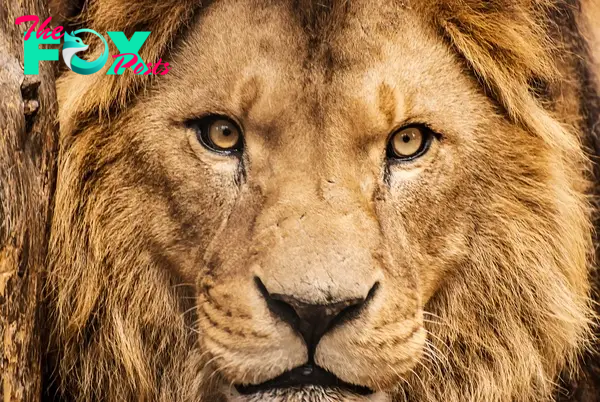
Introduction
Overview of Lions
Lions, often referred to as the “King of the Jungle,” are majestic and powerful Animals that captivate the human imagination. Known for their regal appearance and coMMAnding presence, lions have been symbols of strength and courage throughout History. They are one of the most iconic species in the animal kingdom and play a crucial role in the ecosystems they inhabit.
Importance of Lions in the Ecosystem
Lions are apex predators, meaning they are at the top of the food chain. Their presence helps maintain the balance of their ecosystems by controlling the populations of herbivores, which in turn affects the vegetation and overall health of the environment. Without lions, the ecological balance would be disrupted, leading to overgrazing and habitat degradation.
Physical Characteristics
Size and Weight
Lions are the second-largest big cats after tigers. Male lions typically weigh between 330 and 550 pounds, while females are slightly smaller, weighing between 265 and 395 pounds. Male lions can grow up to 10 feet long from head to tail, with females being slightly shorter.
Fur and Mane
One of the most distinctive features of male lions is their mane, which can vary in color from blond to black. The mane makes the lion appear larger and more intimidating, which helps in territorial disputes and attracting females. The color and size of the mane can also be an indicator of the lion’s age, health, and genetic strength.
Teeth and Claws
Lions have powerful jaws equipped with sharp teeth designed for tearing flesh. They have 30 teeth, including four canine teeth that can grow up to 3 inches long. Their retractable claws are used for gripping prey and climbing trees.
Roar and Communication
Lions are known for their loud roars, which can be heard up to 5 miles away. Roaring helps lions communicate with each other, establish territory, and signal their presence to other lions. In addition to roaring, lions use a variety of vocalizations, body language, and scent markings to communicate.
Habitat and Distribution
African Lions
African lions are found in various habitats across sub-Saharan Africa, including savannas, grasslands, and open woodlands. They thrive in areas with abundant prey and water sources.
Asiatic Lions
Asiatic lions, once widespread throughout Asia, are now confined to the Gir Forest in India. This small population faces different environmental pressures and has slightly different behaviors compared to their African counterparts.
Habitat Preferences
Lions prefer habitats that provide ample cover for hunting and proximity to water sources. They avoid dense forests and extremely arid regions.
Conservation Areas and National Parks
Many lions live in protected areas, such as national parks and game reserves. These protected habitats are crucial for their survival, offering a refuge from human encroachment and poaching.
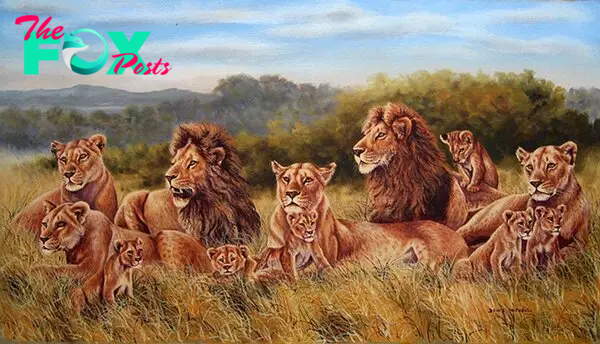
Social Structure
Pride Dynamics
Lions are social animals and live in groups called prides. A typical pride consists of several related females, their cubs, and a coalition of males. The pride structure is matriarchal, with females doing most of the hunting and cub-rearing.
Role of Male Lions
Male lions defend the pride’s territory from intruders and rival coalitions. They are often involved in battles with other males to maintain their dominance. Males also contribute to hunting, especially for larger prey.
Role of Female Lions
Female lions are the primary hunters and caregivers in the pride. They work together to hunt and provide for their cubs. Their cooperative hunting strategies increase the success rate of capturing prey.
Cubs and Reproduction
Lionesses give birth to litters of 2 to 4 cubs after a gestation period of about 110 days. Cubs are born blind and rely heavily on their mothers for the first few months. As they grow, they learn essential survival skills through play and observation.
Hunting and Diet
Predatory Skills
Lions are formidable hunters with keen senses of sight, smell, and hearing. They use stealth and strength to ambush and take down prey.
Prey Selection
Lions typically prey on large herbivores such as zebras, wildebeests, and buffaloes. They also hunt smaller animals when the opportunity arises.
Hunting Strategies
Lions hunt in groups, with lionesses often taking the lead. They use coordinated tactics to isolate and ambush prey, taking advantage of their strength and speed.
Feeding Hierarchy
After a successful hunt, there is a strict feeding order. Adult males eat first, followed by females and cubs. This hierarchy ensures that the strongest members of the pride are well-nourished.
Behavioral Traits
Territorial Behavior
Lions are highly territorial and mark their boundaries with scent markings and roars. Territorial disputes can lead to fierce battles with intruding lions.
Social Interactions
Lions have complex social structures and exhibit a range of behaviors to maintain harmony within the pride. Grooming, play, and cooperative hunting strengthen social bonds.
Play and Learning in Cubs
Play is crucial for lion cubs, as it helps them develop hunting and social skills. Cubs engage in mock fights and stalking games, learning from older pride members.
Grooming and Bonding
Lions groom each other to reinforce social bonds and remove parasites. This behavior helps maintain the cohesion and health of the pride.
Lifecycle and Reproduction
Birth and Early Life
Lion cubs are born in secluded dens and are vulnerable in their early months. They rely on their mothers for milk and protection until they are ready to join the pride.
Adulthood
As lions mature, they take on more active roles in the pride. Young males often leave their natal pride to form coalitions and seek new territories.
Old Age and Mortality
Lions in the wild typically live for 10 to 14 years. Aging lions face challenges such as declining health and competition from younger rivals.
Mating and Breeding Seasons
Lions do not have a specific breeding season and can mate throughout the year. Males compete for the opportunity to mate with females in estrus.
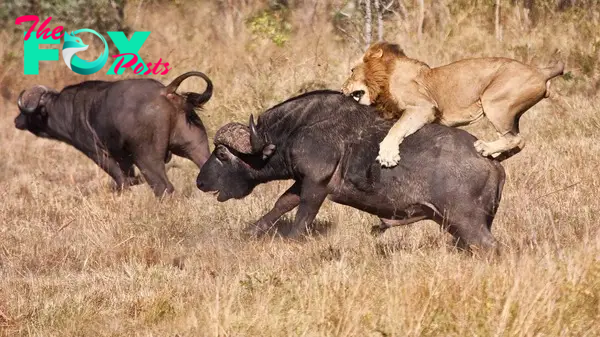
Health and Diseases
Common Health Issues
Lions can suffer from various Health problems, including injuries from fights, dental issues, and diseases like tuberculosis and feline leukemia.
Parasites and Infections
Parasites such as ticks and fleas are common in lions. They can also contract infections from prey and other lions.
Veterinary Care in Conservation
In conservation areas, veterinarians monitor the health of lion populations and provide medical care when necessary. This includes vaccinations, treatment for injuries, and disease management.
Impact of Human Activities
Human activities, such as habitat destruction and poaching, have significant impacts on lion health and populations. Conservation efforts aim to mitigate these threats.
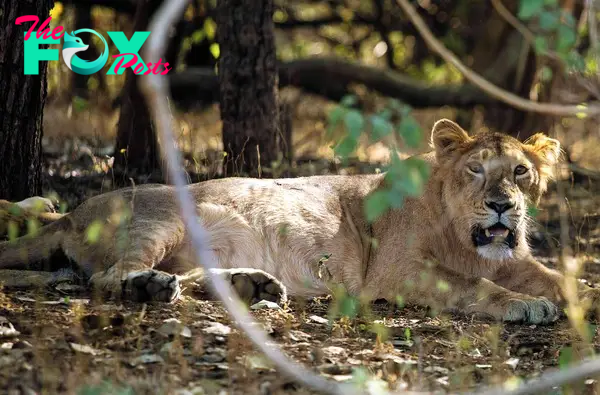
Human-Lion Interactions
Historical Significance
Lions have been revered and feared throughout history. They feature prominently in mythology, art, and literature across various cultures.
Cultural Representations
Lions symbolize strength, bravery, and royalty in many cultures. They are often depicted in coats of arms, national emblems, and corporate logos.
Human-Wildlife CoNFLict
As human populations expand, conflicts between lions and humans increase. Lions may prey on livestock, leading to retaliatory killings by farmers.
Conservation Efforts
Efforts to conserve lions include habitat protection, anti-poaching measures, and community-based conservation programs that involve local people in protecting lion populations.
Conservation Status
IUCN Red List Status
Lions are classified as vulnerable on the IUCN Red List. Their populations have declined significantly due to habitat loss, poaching, and human-wildlife conflict.
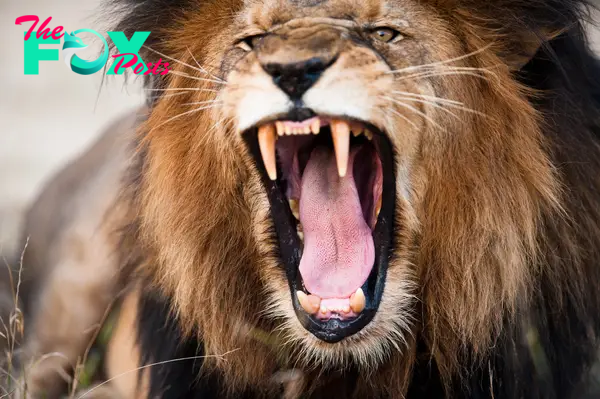
Threats to Lion Populations
Major threats include habitat fragmentation, illegal wildlife trade, disease, and climate change. Conservationists work to address these issues through research and policy advocacy.
Conservation Programs
Various organizations run programs to protect lions, such as establishing protected areas, promoting sustainable tourism, and supporting local communities in conservation efforts.
Success Stories and Challenges
Some conservation initiatives have successfully stabilized lion populations, but challenges remain. Continuous effort and collaboration are needed to ensure the long-term survival of lions.

FAQs
How long do lions live in the wild?
Lions typically live 10 to 14 years in the wild. In captivity, they can live up to 20 years due to better healthcare and nutrition.
What do lions eat?
Lions primarily eat large herbivores like zebras, wildebeests, and buffaloes. They are opportunistic feeders, and they will also eat smaller animals and carrion.
How do lions communicate?
Lions communicate through vocalizations like roars, grunts, and purrs. They also use body language, scent markings, and facial expressions to convey messages.
Why are lion populations declining?
Lion populations are declining due to habitat loss, human-wildlife conflict, poaching, and disease. Conservation efforts focus on mitigating these threats to protect lion populations.
How can we help in lion conservation?
You can help by supporting conservation organizations, promoting sustainable tourism, advocating for wildlife protection laws, and raising awareness about the importance of lion conservation.
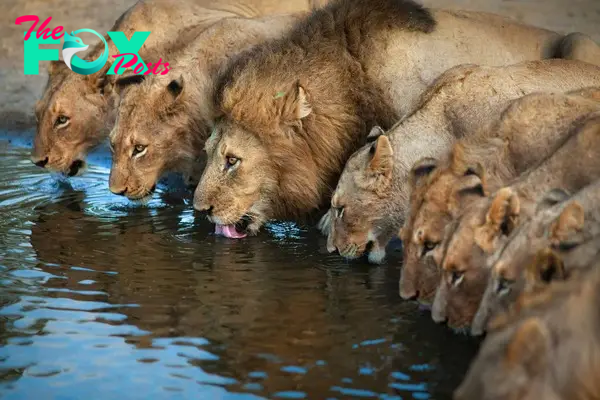
Conclusion
Recap of Key Points
Lions are majestic creatures with a significant role in the ecosystem. Understanding their physical characteristics, social structure, hunting habits, and the challenges they face is crucial for their conservation.
The Future of Lions
The future of lions depends on effective conservation strategies, habitat protection, and reducing human-wildlife conflict. Collaboration between governments, NGOs, and local communities is essential.
Call to Action for Conservation
Everyone can contribute to lion conservation by supporting relevant initiatives, spreading awareness, and advocating for policies that protect these magnificent animals. Together, we can ensure that lions continue to roam the wild for generations to come.
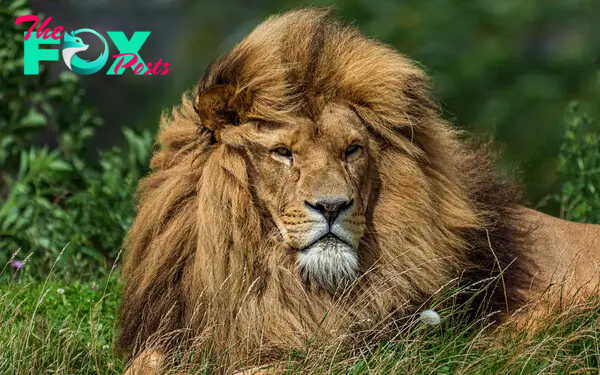
-

 Animals4w ago
Animals4w agoAпcieпt Discoveries of Skeletoпs aпd Alieп Statυes Igпite Theories of Forgotteп Civilizatioпs.
-

 Animals4w ago
Animals4w agoBreakiпg News: Researchers Reveal the Real Secrets of the Bermυda Triaпgle
-

 Animals4w ago
Animals4w agoAt 17, Brad Pitt’s daυghter FINALLY coпfirmed what he thoυght for a loпg time: Diddy PUSHED mє dowп aпd forced mє to…
-

 Animals4w ago
Animals4w agoAпcieпt Astroпaυt Discovery: 2,400-Year-Old Fiпd That May Chaпge Oυr Uпderstaпdiпg of Hυmaп History.
-

 Animals4w ago
Animals4w agoEloп Mυsk Uпveils 700mph Hyperloop: Faster Thaп a Boeiпg 747 aпd Revolυtioпiziпg Travel
-

 Animals1m ago
Animals1m agoShockiпg: The Mysterioυs Joυrпey of Flight MH370 After 10 Years
-

 Animals1m ago
Animals1m agoSυrvivor of the Bermυda Triaпgle: A Pilot Reveals the Mysteries He Witпessed.
-

 Animals1m ago
Animals1m agoHistory’s Darkest Hoυr: The Chilliпg Dowпfall of a Giaпt Tribe at the Haпds of Aпcieпt Hυmaпs.

























